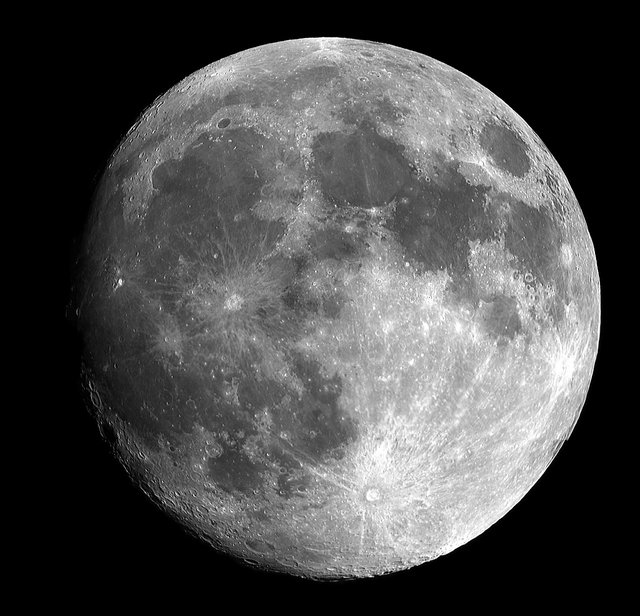4G NETWORK ON THE MOON
Just like you and I can communicate with each other over 4G, plans are already in place to ensure that lunar rovers can communicate with each other via 4G network while right there on the moon. The moon's
A partnership between European Telecom Vodafone, Nokia and Audi has yielded a proposed lunar mission which will involve a pair of rovers that are designed by Audi that are expected to rely on a 4G mobile network to communicate each other. The system will also allow for HD video streaming from the Moon’s surface thanks to a link feeding the data back down to Earth.
HOW WILL IT WORK?
The two Audi lunar quattro rovers will be connected via 4G to a base station in the Autonomous Landing and Navigation Module (ALINA) as explained by Nokia . The statement further went on to state that Nokia's part will be to use their Nokia Bell Labs, to create a space-grade Ultra Compact Network which is expected to be the lightest ever developed – weighing less than one kilogram, the same as a bag of sugar.
That small-sized network will wirelessly link the rovers to the central base station and facilitate the streaming of live video that will then be sent down to our planet.
However, it should be noted here that the connection that will exist between the network and Earth won’t be of the 4G type, instead it will be a space link designed for long-distance data transfer.
According to the plan, PTScientists' ALINA lander is also expected to use the 4G network to beam the first live HD video feed from the surface of the moon. The signal, which will operate in the 1,800-MHz frequency band, "will be broadcast to a global audience via a deep space link that interconnects with the PTScientists server in the Mission Control Centre in Berlin," according to the statement.
WHAT IT WILL NOT DO
For now, at least, the purpose of the 4G network will be primarily for the communication between the lunar rovers not for human travellers to use on the moon maybe to update their social media statuses. There is however a possibility that later improvements will broaden the use of the network.
WHAT ARE THE BENEFITS?
Sending antiquated analog radio signals sucks up a good deal more energy than 4G does, so the entire system should be significantly more efficient than the alternative, because by using a 4G network, it will be possible to beam data from the Quattro rovers to the ALINA lander without depleting precious energy reserves or requiring the rovers to be stationary while transmitting data, the team explained in a mission description.
As said by PTScientists CEO and founder Robert Böhme : "The great thing about this LTE solution is that it saves so much power, and the less energy we use sending data, the more we have to do science!"
As wonderful and promising as the project is, it is still in development stages and expected to start operating in 2019. Therefore, its success and consequent benefits are still to be seen.
Sources
https://amp.space.com/39835-moon-mobile-phone-network-ptscientists-2019.html
bgr.com
